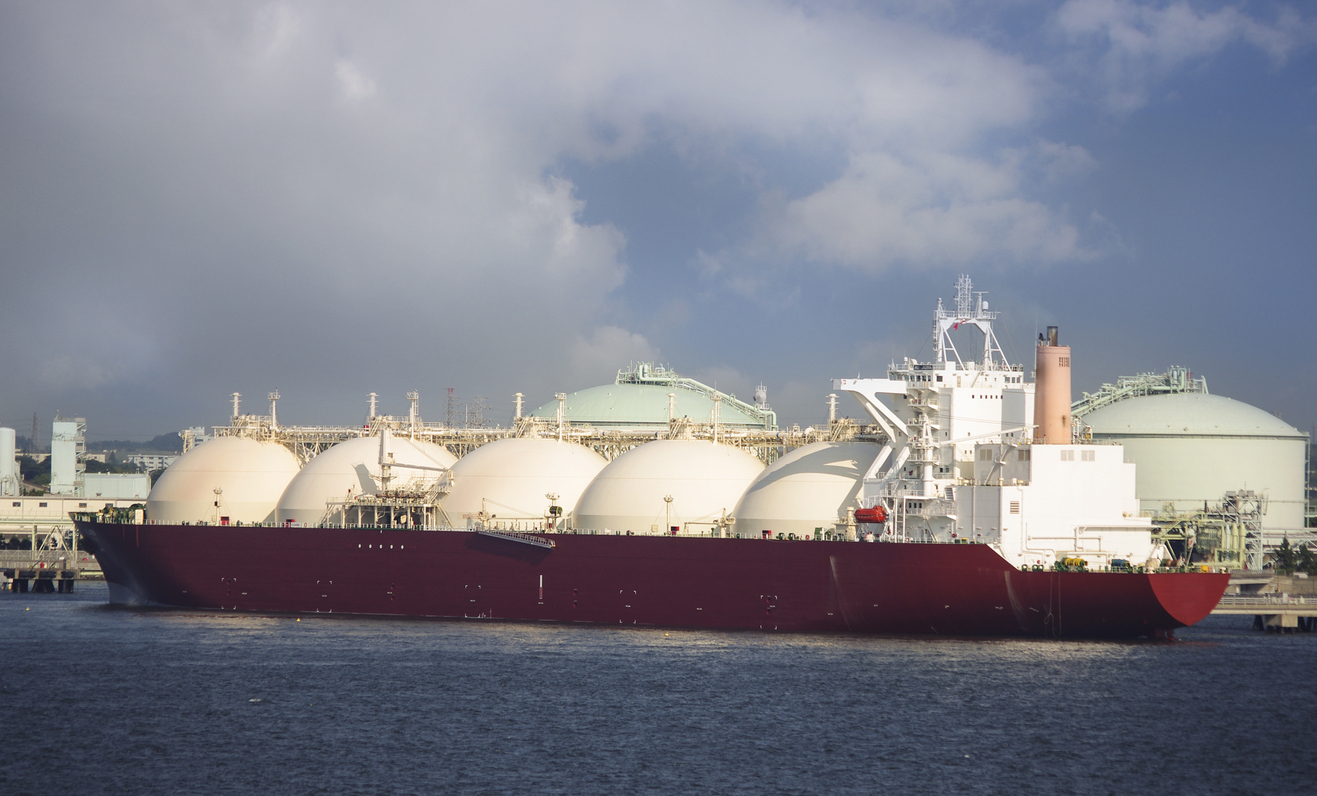Energy independence is vital to America’s prosperity. By prioritizing domestic energy production, we reduce reliance on foreign entities, strengthen national security, and position the United States as a global leader in energy production.
We advocate for policies that expand domestic energy production across oil, natural gas, nuclear, and renewable resources—creating a resilient and affordable energy future for all Americans. Through investment and innovation, we aim to reduce foreign dependence and build a secure, sustainable energy infrastructure.
Critical minerals play a pivotal role in achieving energy independence. These resources are the backbone of modern energy technologies, enabling advancements in renewable energy systems, manufacturing, and defense applications. They also support food security by contributing to fertilizer production critical for agriculture. By investing in domestic production and extraction of critical minerals, we can secure supply chains, reduce reliance on foreign sources, an,d ensure the sustainability of America’s energy transition.
We advocate for policies that promote domestic energy and mineral production, streamline permitting processes, and remove barriers to development. By cutting red tape, easing burdensome regulations and reducing obstructions imposed by extremist environmental groups, we can unlock the full potential of responsible energy and resource innovation. Through investment, innovation, and collaboration, we aim to reduce foreign dependence, drive economic growth, and foster stability and affordability for American families.
The Facts: Unlocking Energy and Critical Mineral Potential
Did you Know?
Did you know that removing barriers to energy and critical mineral production could unlock vast untapped potential—enough to power tens of millions of homes, fuel economic growth by hundreds of billions of dollars annually, and position the U.S. as a global leader while reducing reliance on foreign adversaries and strengthening national security?
The Facts: Unlocking Energy and Critical Mineral Potential
Oil Production: The U.S. has the capacity to increase crude oil production by over 2 million barrels per day if regulatory barriers are removed. This increase would be enough to fuel 100 million cars daily, cementing the U.S.’s position as a global leader in oil production.
Natural Gas Expansion: The U.S. is already the world’s largest exporter of liquefied natural gas (LNG), exporting 11.9 billion cubic feet per day in 2024. Removing barriers could further expand LNG exports by 25%, providing enough energy to power every home in Texas for a year.
Renewable Energy Growth: Wind and solar energy accounted for 18% of U.S. electricity generation in 2023. Streamlined permitting could accelerate renewable energy projects, increasing this share to over 25% by 2030—enough to power 50 million homes annually.
Nuclear Power Potential: Nuclear energy currently provides 19% of U.S. electricity generation. Investing in advanced nuclear technologies, such as small modular reactors (SMRs), could double nuclear output by 2050, generating energy equivalent to powering every home on the East Coast for an entire year.
Critical Minerals for Renewable Energy: The U.S. holds vast reserves of lithium, cobalt, and rare earth elements essential for renewable energy technologies. Fully developing these resources domestically would provide enough materials for 50 million electric vehicle batteries annually, driving clean energy adoption and reducing reliance on foreign imports.
Critical Minerals for Advanced Technologies: Critical minerals like tungsten, gallium, and germanium are vital for manufacturing semiconductors, night-vision goggles, and advanced defense technologies. Developing domestic resources could strengthen national security while contributing over $50 billion annually to the U.S. economy through industrial applications.
Critical Minerals for Food Security: Phosphate and potash, critical minerals used in fertilizer production, are essential for sustaining agricultural output and ensuring food security. By developing domestic sources of these minerals, the U.S. can reduce reliance on foreign suppliers, such as China and Russia, and safeguard its agricultural supply chains against geopolitical disruptions.
The Facts: Strengthening the U.S. Against Adversarial Countries
Reducing Reliance on Foreign Energy: Currently, the U.S. imports over 80% of its rare earth minerals from China and relies on Russia for 27% of enriched uranium used in nuclear reactors. Expanding domestic production would eliminate these dependencies, ensuring resilience against geopolitical pressures. If the U.S. achieves self-sufficiency in rare earth minerals, it could rival China, which currently accounts for 61% of global rare earth production.
Countering China’s Dominance: China processes over 80% of the world’s rare earth elements and dominates the global supply chain for critical minerals. By developing domestic resources, the U.S. could increase its share of global rare earth production from the current 9% to over 25%, significantly reducing China’s monopoly.
Neutralizing Russia’s Energy Leverage: Russia uses its vast natural resources to exert geopolitical influence, particularly in Europe. Increasing U.S. LNG exports by 25% would provide enough energy to replace a significant portion of Russian gas exports to Europe, weakening Russia’s ability to manipulate global energy markets.
Lagging in Renewable Energy Deployment: The U.S. is 5 to 10 years behind China in renewable energy deployment. China leads the world in solar panel production, manufacturing over 70% of global supply, while the U.S. produces less than 10%. Removing barriers to domestic manufacturing and installation could close this gap and position the U.S. as a leader in clean energy.
Falling Behind in Nuclear Energy: The U.S. is 10 to 15 years behind China and Russia in deploying advanced nuclear technologies like Small Modular Reactors (SMRs). While China plans to build 24 new nuclear plants by 2030, the U.S. has only two under development, with none currently under construction.
Critical Minerals for Advanced Technologies: The U.S. is heavily reliant on imports for 20 critical minerals, many of which are sourced almost exclusively from China. For example, China produces nearly 80% of the world’s tungsten, a mineral essential for manufacturing aerospace components and military equipment. Domestic development would allow the U.S. to compete in key industries vital to national security.
Critical Minerals for Food Security: Critical minerals such as phosphate and potash are essential for fertilizer production, which underpins agricultural output and food security. The U.S. imports over 90% of its potash, primarily from Canada, while China and Russia dominate global phosphate production. China is the largest producer of phosphate fertilizers, accounting for over 40% of global production, while the U.S. produces less than 10%. By investing in domestic production of these critical minerals, the U.S. can reduce reliance on adversarial nations, secure its agricultural supply chains, and ensure a stable food supply for its population.
Regulatory Hurdles Creating a Gap
Due to burdensome policies and inefficient permitting processes, energy and critical mineral projects in the U.S. take an average of 7 to 10 years longer to complete than comparable projects in China or Russia.
- Russia: Permitting for energy and mining projects typically takes 1 to 3 years, depending on the complexity of the project. Russia’s centralized regulatory framework allows for expedited approvals, particularly for projects deemed strategically important.
- China: Permitting processes in China are even faster, often completed within 6 months to 2 years. China’s streamlined system prioritizes rapid development, especially for critical mineral and renewable energy projects, enabling the country to maintain its dominance in global supply chains.


